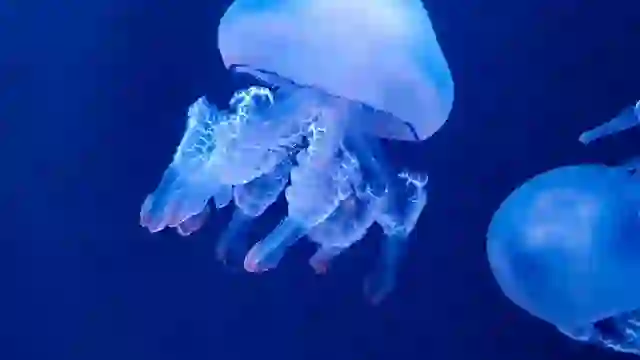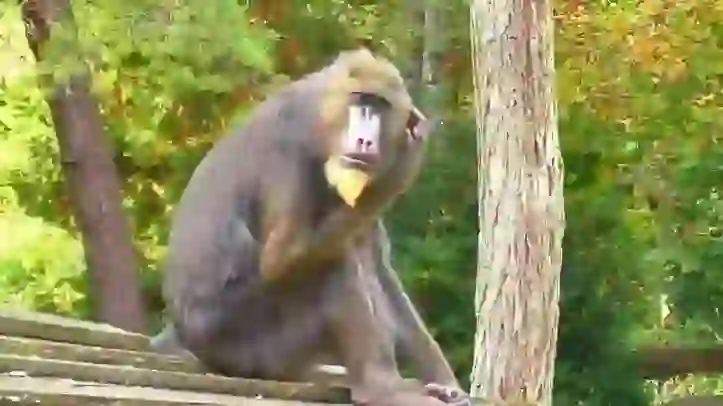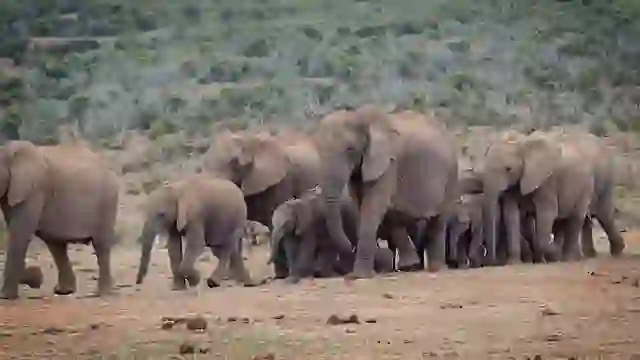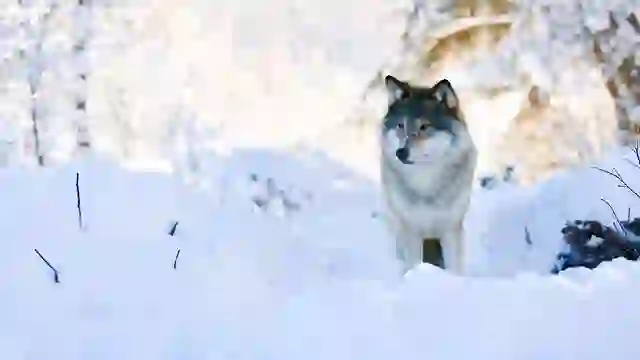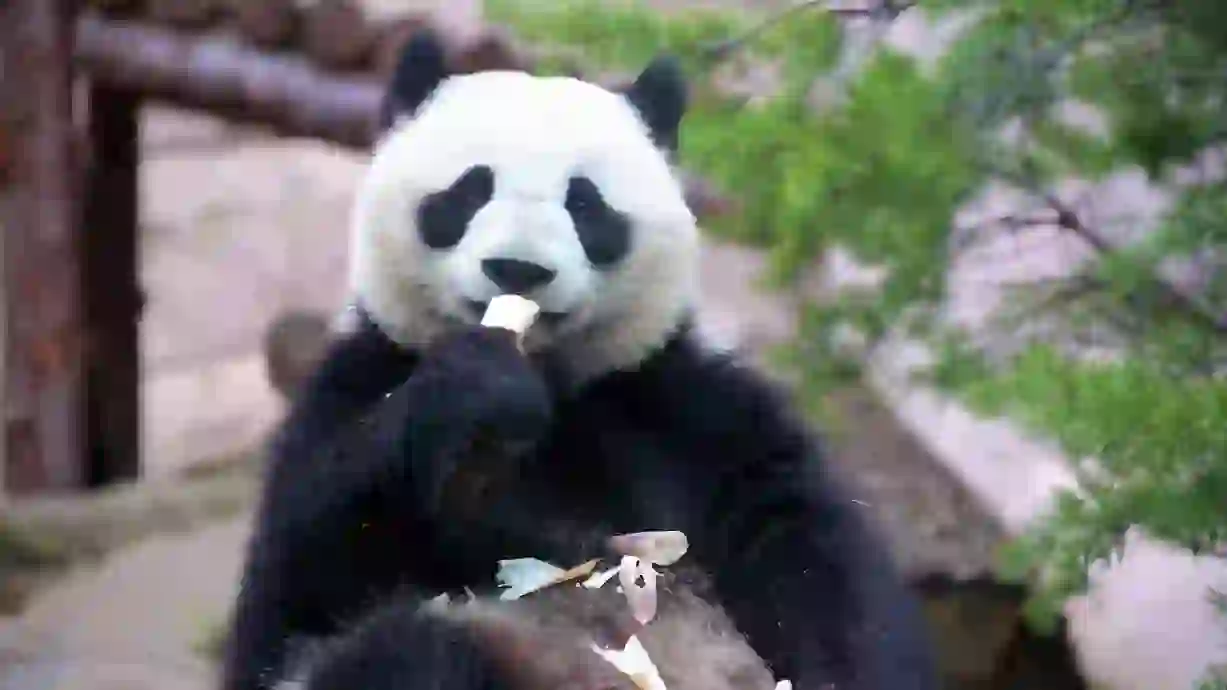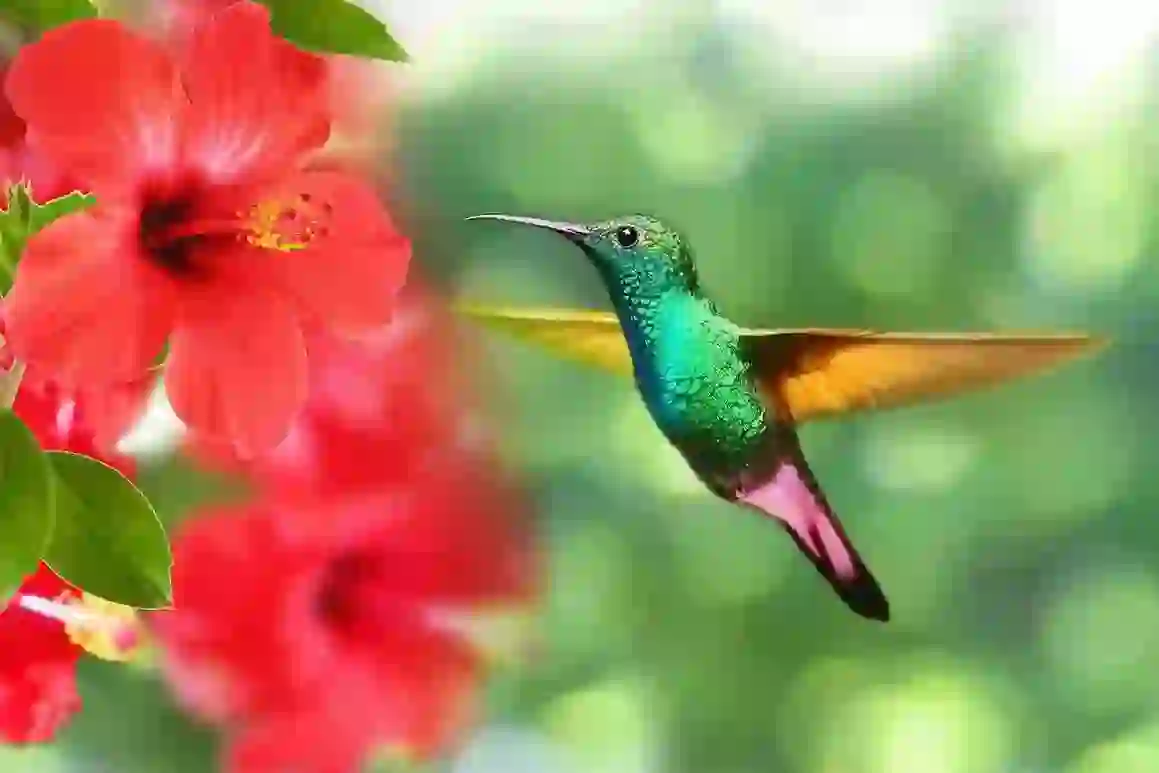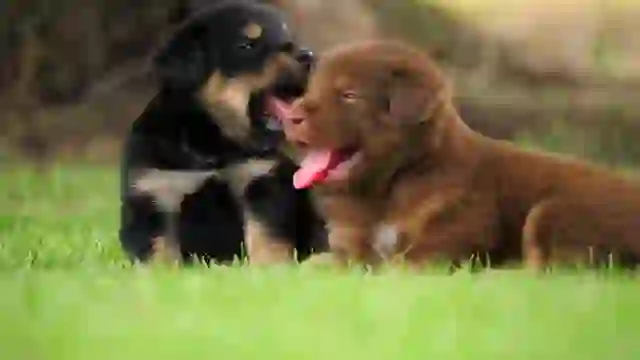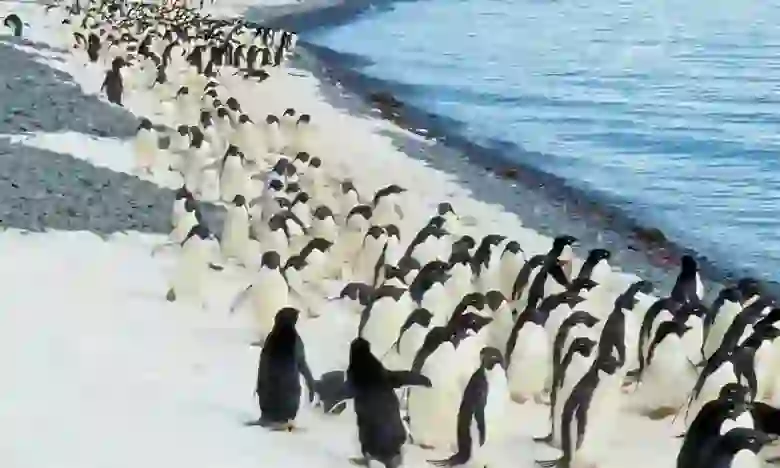
Malayan Horned Frog
Malayan Horned Frog
Malayan Horned Frog
In the rainforests of Southeast Asia, a ninja-like frog, the Malayan horned frog, makes its home. They are masters of camouflage, mimicking fallen leaves with astonishing precision. Their appearance is just like a living leaf! Let's explore the fascinating world of the Malayan horned frog!
Malayan Horned Frog Basic Infomation

| Property | Value |
|---|---|
| Scientific Name | Megophrys nasuta |
| Taxonomic Status | SPECIES |
| Rank | Species |
| Vernacular Names | Long-nosed Horned Frog, Malayan Horned Frog, Long-nosed horned frog, Malayan Leaf Frog |
| Kingdom | Animalia |
| Phylum | Chordata |
| Class | Amphibia |
| Order | Anura |
| Family | Megophryidae |
| Genus | Megophrys |

The Malayan horned frog ( *Megophrys nasuta* ) is a frog species belonging to the genus Megophrys in the family Megophryidae, found in Southeast Asia (southern Thailand, Malaysia, Singapore, and Indonesia).
They are about 8-12 cm long, with females being larger than males.
As their name suggests, they are characterized by their horn-like pointed snout and their body color and patterns that resemble fallen leaves.
Malayan Horned Frog Q&A

What kind of frog is the Malayan horned frog?
Malayan horned frogs inhabit the forest floor of rainforests and avoid detection by predators by camouflaging themselves as fallen leaves.
They are masters of camouflage, resembling a living leaf with their remarkable disguise.
They remain motionless, hidden among fallen leaves during the day, and become active at night to forage for food.

How does the Malayan horned frog mimic fallen leaves?
Malayan horned frogs can change their body color to match the surrounding leaf litter.
They have a brownish or reddish-brown body with black or gray markings, making them resemble a dead leaf.
Their bodies also feature patterns that resemble leaf veins and even have bumps and hollows that look like insect bites. Furthermore, their skin has a rough texture, just like a dried leaf.
Their most distinctive feature, their pointed, horn-like snout, adds to their disguise by mimicking the tip of a leaf.
These features allow them to blend seamlessly into their surroundings.

What do Malayan horned frogs eat?
Malayan horned frogs are carnivorous and feed on insects, spiders, and earthworms.
They are ambush predators, using their camouflage to lie in wait for prey.
When prey comes within range, they strike with their long, sticky tongues.

How do Malayan horned frogs reproduce?
The breeding season for Malayan horned frogs is during the rainy season.
Males call from under rocks near water bodies, emitting a low, croaking sound, "koo, koo," to attract females.
Females lay gelatinous egg masses containing dozens to hundreds of eggs on rocks or aquatic plants in the water.
The eggs hatch within a few days, releasing tadpoles.
Tadpoles live in water and eventually undergo metamorphosis to become adults.

Can Malayan horned frogs be kept as pets?
Malayan horned frogs are popular pets due to their unique appearance and relatively easy care.
They can be kept in relatively small tanks and fed a diet of commercially available food pellets or frozen insects.
However, special attention should be paid to their environment as they are very timid creatures.
Also, they are nocturnal, so they are not very active during the day.

Would you like to become a part of the 'Animalbook.jp'?
Turn your knowledge into Q&A and share it with the world. ※Publication will be activated after purchase. Let's share information together!
Malayan Horned Frog Type of List

- Malayan Horned Frog
Information
Congratulations! You are the first commenter!

Create Your Favorite List!
Malayan Horned Frog
Save the animals you love! Build your own list to quickly revisit your favorites later.

Would you like to leave a comment?
※Please note: This is for the purchase of rights to post comments within the article.
Find Your Favorites!
Our shop offers a unique and attractive selection of goods themed around various animals.
Malayan Horned Frog References
Malayan Horned Frog Introduction of media used

Olei, CC BY-SA 2.5, via Wikimedia Commons

Help Enrich Our Animalbook.jp with Your Media!
We are constantly looking to expand and enrich our Animalbook.jp with amazing photos and videos of animals. If you have any media that you'd like to share, please contribute and help us showcase the beauty and diversity of the animal kingdom. Your submissions will be credited and featured in our encyclopedia, reaching a wide audience of animal lovers.




